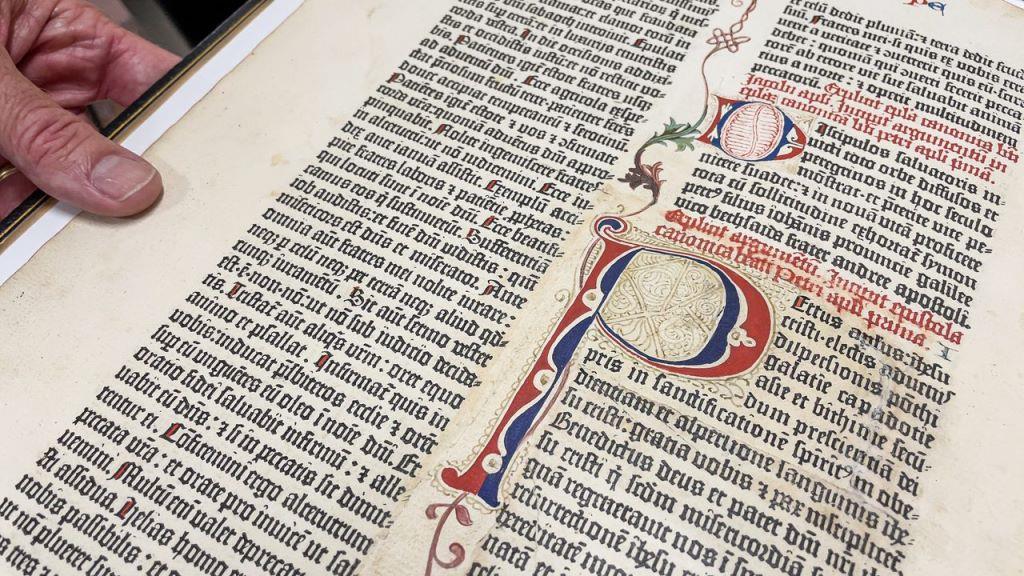
In our fast-paced digital age, it's easy to take the marvel of paper printing for granted. We swipe, tap, and scroll through screens filled with information, rarely pausing to consider the remarkable history and ongoing relevance of paper printing. In this blog, we'll embark on a journey through time and technology to explore the enduring legacy of paper printing, from its humble origins to its promising future.
The Origins: A Gutenberg Revolution
Our journey begins in the 15th century with Johannes Gutenberg, the inventor of the movable-type printing press. Gutenberg's invention revolutionized the distribution of knowledge, making books more accessible to the masses. The Gutenberg Bible, printed around 1455, is often hailed as the first major book printed using this revolutionary technology. It marked the birth of the printed word and ignited the Renaissance, paving the way for the dissemination of ideas and knowledge that would shape the world.
The Print Revolution: From Manuscripts to Mass Media
Over the centuries, the printing press evolved, allowing for faster and more efficient printing. Books, newspapers, and magazines became staples of households worldwide. The spread of information was no longer confined to handwritten manuscripts; it could now reach millions through print. The print revolution played a pivotal role in political, cultural, and scientific advancements, including the Reformation, the Enlightenment, and the dissemination of scientific discoveries.
Challenges and Adaptations
In recent decades, the rise of digital technology has challenged the dominance of print. E-books, online news, and digital documents have become increasingly popular, leading many to question the future of paper printing. However, print has not faded into obscurity; it has adapted. Print materials have become more specialized, emphasizing quality, aesthetics, and tactile experiences. Print advertising, fine art prints, and high-quality books continue to thrive in the digital age.
Environmental Concerns and Sustainability
In the 21st century, the environmental impact of paper printing has come under scrutiny. Deforestation and energy consumption in the paper industry raise concerns about sustainability. However, the industry has responded with eco-friendly practices, such as using recycled paper, sustainable forestry, and environmentally responsible ink and printing methods. It's clear that the future of paper printing will need to balance tradition with sustainability.
The Future of Paper Printing
As we look to the future, paper printing is not fading into oblivion but is evolving to meet new demands. Print-on-demand services, 3D printing, and innovative packaging designs are pushing the boundaries of what print can achieve. Furthermore, print retains a unique appeal: the sensory experience of flipping through a well-designed book or holding a beautifully printed piece of art remains unmatched by digital counterparts.
In conclusion, paper printing has a rich history, a vibrant present, and an exciting future. It has weathered the storms of technological change and adapted to remain relevant in our digital world. As we continue to progress, let's remember the enduring legacy of paper printing and the role it plays in preserving knowledge, fostering creativity, and enriching our lives. Whether it's the pages of a novel, the artwork in a gallery, or the morning newspaper, the beauty and utility of paper printing are here to stay.